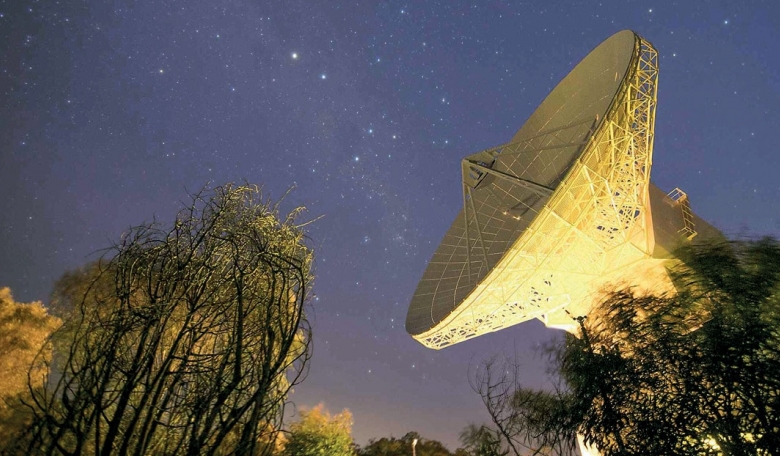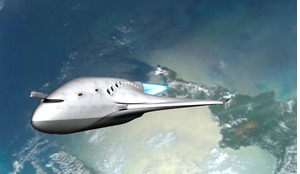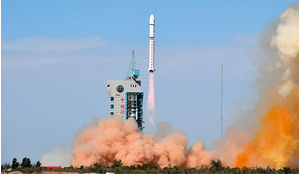In both crewed and automated spaceflight, unique exploration missions and routine services, humans conceptualise, develop, design, operate, use and manage technology. Only by understanding this as a joint ‘human-tech’ effort can the capabilities and limitations of both elements be leveraged most effectively for reliable, robust and resilient operations, systems and infrastructure.
Watching the movie The Martian recently I was captured by the creativity demonstrated by two key characters - the astronaut stranded on Mars, played by Matt Damon, and the astrodynamicist from NASA’s Jet Propulsion Laboratory (JPL), played by Donald Glover.
The astronaut builds a greenhouse on the red planet using all of the available material in a totally different way from its intended use — the production of water from hydrazine (rocket fuel) or the redefinition of a communication protocol with an old probe left on Mars from a previous Pathfinder mission, for example. The JPL employee redesigns the entire mission of the Hermes spacecraft using a flyby of Earth to return to Mars in a much shorter time.
System reliability is essential to the success of a mission but the external environment is a source of continuous discovery and surprises – otherwise why would we call it ‘exploration? – and to cope with this the system requires resilience.
Read more about the «human- tech» joint capabilities and how they will impact the future of space exploration in the full version of the article, available now to our subscribers.














